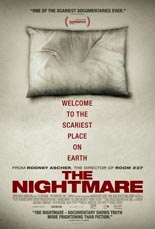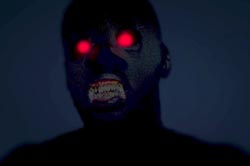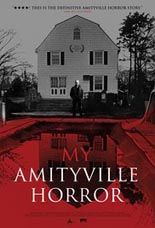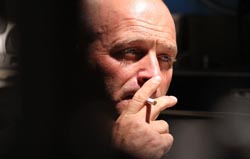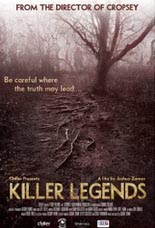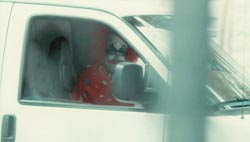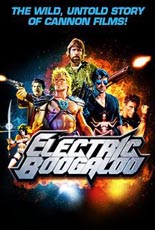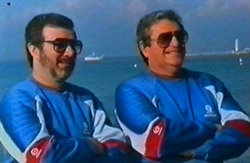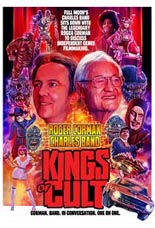
 A missed opportunity all around, Kings of Cult is a meeting of the indie-cinema minds Roger Corman and Charles Band. Strange pairing, so why Band? Because his company, Full Moon Features, is behind this shoddy documentary, that’s why.
A missed opportunity all around, Kings of Cult is a meeting of the indie-cinema minds Roger Corman and Charles Band. Strange pairing, so why Band? Because his company, Full Moon Features, is behind this shoddy documentary, that’s why.
For about 52 minutes, the two men sit in front of a backdrop seemingly pilfered from the J.C. Penney Portrait Studio and shoot the shit about their long and storied careers, their financial troubles starting out, studio interference, the changing state of the motion picture industry, milking the public through merchandising and the origin of Ghoulies’ infamous toilet-bowl poster art. Okay, so maybe it’s just Band who talks about those last two points.
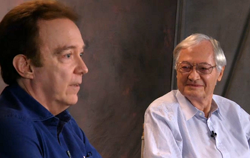 By now, B-movie fans are familiar with both men to a T, so they will know in advance that Band tends to dominate the conversation, despite being the one in the room who doesn’t have an Academy Award for lifetime achievement. Perhaps Corman’s age has something to do with his remarks being brisk and to-the-point, whereas Band is long-winded, especially for someone whose movies nowadays barely crack an hour. He also somehow gets away with not answering the unseen moderator’s softball question on their all-time favorite film: For Corman, it’s Sergei Eisenstein’s Battleship Potemkin; for Band, it’s … well, let him ramble for several minutes about a project he hasn’t even made yet, because a plug is a plug, kids.
By now, B-movie fans are familiar with both men to a T, so they will know in advance that Band tends to dominate the conversation, despite being the one in the room who doesn’t have an Academy Award for lifetime achievement. Perhaps Corman’s age has something to do with his remarks being brisk and to-the-point, whereas Band is long-winded, especially for someone whose movies nowadays barely crack an hour. He also somehow gets away with not answering the unseen moderator’s softball question on their all-time favorite film: For Corman, it’s Sergei Eisenstein’s Battleship Potemkin; for Band, it’s … well, let him ramble for several minutes about a project he hasn’t even made yet, because a plug is a plug, kids.
There’s just not enough meat to Kings of Cult to justify it: no occasion, no structure, no clips! No, thanks. —Rod Lott

